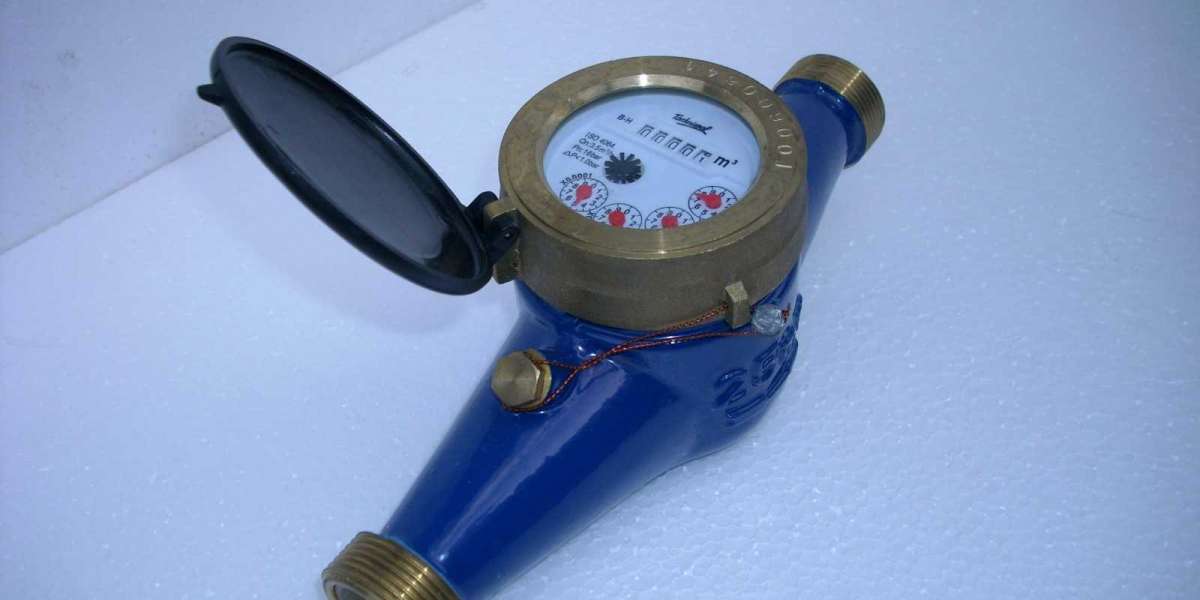The accurate measurement of fluid flow is a cornerstone of modern industry. From managing water resources to controlling fuel injection systems, understanding how fluids move is crucial to maintaining efficiency and reliability. Behind this precision lies a blend of physics, engineering, and advanced technology — all working together in the design and operation of flow measurement devices.
The Science of Flow Measurement
At its core, flow measurement is the process of determining how much fluid — either liquid, gas, or steam — passes through a given point in a system over time. This measurement can be expressed as either volumetric flow (cubic meters per second) or mass flow (kilograms per second). The fundamental scientific principles governing flow measurement are rooted in physics, particularly the laws of motion, pressure, and energy conservation.
1. Bernoulli’s Principle
Many flow measurement devices, especially differential pressure meters, operate on Bernoulli’s principle, which states that as the velocity of a fluid increases, its pressure decreases. By measuring this pressure difference, the flow rate can be calculated accurately.
2. Electromagnetic Induction
In electromagnetic flow meters, Faraday’s law of electromagnetic induction is used. It states that when a conductive fluid moves through a magnetic field, a voltage is induced across the fluid. This voltage is proportional to the flow velocity, allowing the device to calculate flow rate.
3. Doppler Effect and Ultrasonic Transmission
Ultrasonic flow meters work using sound waves. In the Doppler method, changes in the frequency of reflected sound waves from particles or bubbles in the fluid indicate flow speed. In the transit-time method, the difference in time it takes sound waves to travel upstream and downstream determines velocity.
4. Coriolis Effect
Coriolis flow meters utilize the Coriolis effect, which occurs when a mass moving in a rotating system experiences a force. The meter measures the twisting or vibration in its tubes caused by the fluid’s motion to determine mass flow directly, making it one of the most accurate methods available.
5. Thermal Transfer
Thermal mass flow meters are based on the principle of heat transfer. When a fluid flows past a heated sensor, it carries heat away. The rate of heat loss correlates with the mass flow rate, allowing precise measurement, especially for gases.
Technological Advancements in Flow Measurement
Over the years, flow measurement technology has evolved from purely mechanical systems to highly sophisticated electronic instruments. These advancements have improved accuracy, reduced maintenance, and expanded the range of measurable fluids.
Digital Integration
Modern flow meters are equipped with digital sensors and microprocessors that enhance performance and simplify data management. They can transmit data to control systems, allowing for remote monitoring, analysis, and process optimization.
Smart Flow Meters
The rise of the Industrial Internet of Things (IIoT) has led to smart flow meters that can self-diagnose, calibrate, and alert operators to anomalies. These meters enable predictive maintenance, reducing downtime and improving overall system reliability.
Non-Invasive Measurement
Ultrasonic and electromagnetic technologies have introduced non-invasive measurement options that do not require direct contact with the fluid. This reduces wear and contamination, making them ideal for sensitive applications like pharmaceuticals and food processing.
Energy Efficiency and Sustainability
Modern flow measurement devices are also designed with energy efficiency in mind. Low-pressure drop designs and reduced mechanical parts minimize energy loss, supporting sustainability goals in industrial operations.
Applications Across Industries
The science and technology behind flow measurement devices make them indispensable across various sectors. In oil and gas, they monitor fuel transport and refining processes. In water treatment, they regulate distribution and ensure accurate billing. In the food and beverage industry, precise flow control guarantees product consistency, while in pharmaceuticals, it maintains strict dosing and purity standards.
The Future of Flow Measurement
The future points toward even greater precision and connectivity. With advancements in artificial intelligence and machine learning, future flow meters will not only measure flow but also predict process behavior. Enhanced wireless connectivity and data analytics will help industries make smarter, faster decisions.
Conclusion
Flow Measurement Devices represent the perfect harmony between science and technology, transforming complex fluid behavior into reliable data that fuels industrial progress. By applying principles of physics and embracing cutting-edge innovations, these instruments ensure accuracy, efficiency, and sustainability across countless applications. As technology continues to advance, the science of flow measurement will only grow more precise, intelligent, and vital to the future of industrial automation.














